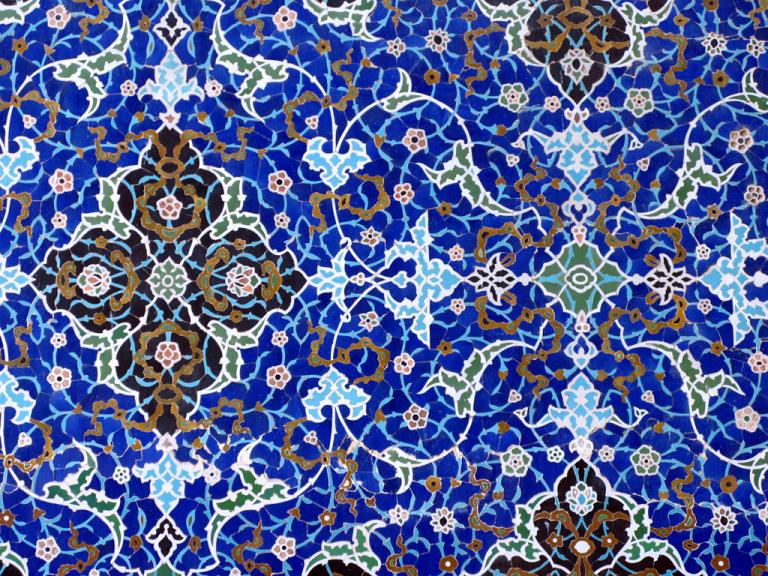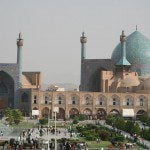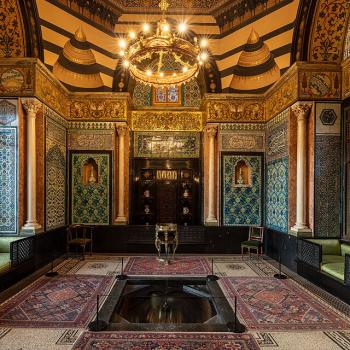
(Wikimedia Commons public domain image)
Graham E. Fuller, A World Without Islam (New York, Boston, and London: Little, Brown and Company, 2010), makes a very important point:
Islam actually had no parallel to the intimate links between church and state in the West, where the church itself wielded great political and economic power. While Islamists today — those speaking for forms of political Islam — constantly emphasize the indissoluble unity of religion and state in Islam (din wa dawla), in fact, this perception is largely a modern ideological construct: state power in Islam was virtually always distinct from the clerics. Religious officials in Islamic states never appointed leadership or controlled the state. (Clerical domination of the state in today’s Iran is a glaring exception, a modern Shi‘ite innovation.) Even in Saudi Arabia the monarchy in most contexts is far more powerful than are clerical institutions.
To be sure, the legitimacy of Muslim rulers historically depended upon their implementation of Shari‘a law, at least in theory, but a great deal of the time rulers did not seriously implement its spirit, and they rarely could be overthrown for such religious lapses. In fact, some medieval Muslim clerics inadvertently dispensed virtual carte blanche authority to misrule by secular powers by declaring that anarchy (fitna) was worse even than oppressive rule (dhulm). Indeed, no sultan or Muslim ruler in Islamic history ever kneeled to ask forgiveness before a grand mufti in the way that Henry IV was forced to do before the pope in 1077 in Canossa for challenging papal authority on some key secular matters. Henry VIII of England had to break with Rome entirely simply to secure the divorce he sought from his wife. Thus, intimate linkage between religious and state power marked most of Christian history in a way that has had no parallel in Islam. (122-123)
“The state is not responsible for keeping the gates of hell closed; they should be free and open to all,” as one Turkish Islamist put it to me. (134)
***
[R]eligion is the vehicle of political confrontation and turmoil, not the cause. . . . [As an example, Fuller mentions] the Thirty Years’ War, one of the bloodiest wars in European history — ostensibly about religion, in reality all about power struggles among states. (118, 119)












